Global trade tensions and protectionist policies have positioned Canada’s automotive sector at a critical juncture. The industry faces complex challenges from neighboring trade policies and evolving international economic relationships. These factors require strategic adaptation across manufacturing, supply chain management, and market positioning. Here are 20 predictions for what lies ahead for Canada’s auto industry in a world plastered with tariffs.
More Domestic Manufacturing… Sort Of

In a future shaped by rising tariffs and global supply chain disruptions, Canada’s auto industry may shift toward more domestic manufacturing, though not in the traditional sense. Instead of fully independent production, Canada is likely to expand its role in integrated North American supply chains. According to the Canadian Vehicle Manufacturers’ Association, over 85% of vehicles produced in Canada are exported, primarily to the U.S. Tariffs on Chinese EVs and components could push automakers to source parts closer to home. This aligns with Canada’s investments in EV battery supply chains, like the $13 billion Stellantis-LGES battery plant in Windsor, Ontario.
Rise of the Franken-Car

With parts from tariff-dodging trade partners, the average Canadian car might become a bizarre jigsaw puzzle of multinational pieces. According to a 2023 Canadian Vehicle Manufacturers’ Association report, 75% of Canadian-assembled vehicles are exported to the U.S., making the industry highly vulnerable to trade shifts. To adapt, manufacturers may develop modular assembly lines capable of switching suppliers to minimize costs. A 2024 Conference Board of Canada study predicts that supply chain flexibility will be key to survival.
Dealerships Get Diplomatic

Car dealerships might become mini-embassies, educating customers on why the price of their favorite sedan just skyrocketed thanks to a trade war with Belgium. The Canadian Automobile Dealers Association (CADA) has already launched the “Automotive Competitive Framework” to advocate for policies that protect consumers and small businesses amidst these challenges. Additionally, Canada’s retaliatory tariffs have further complicated the trade landscape, prompting dealerships to reassess inventory strategies and explore digital transformations to stay competitive.
Surge in Used Cars
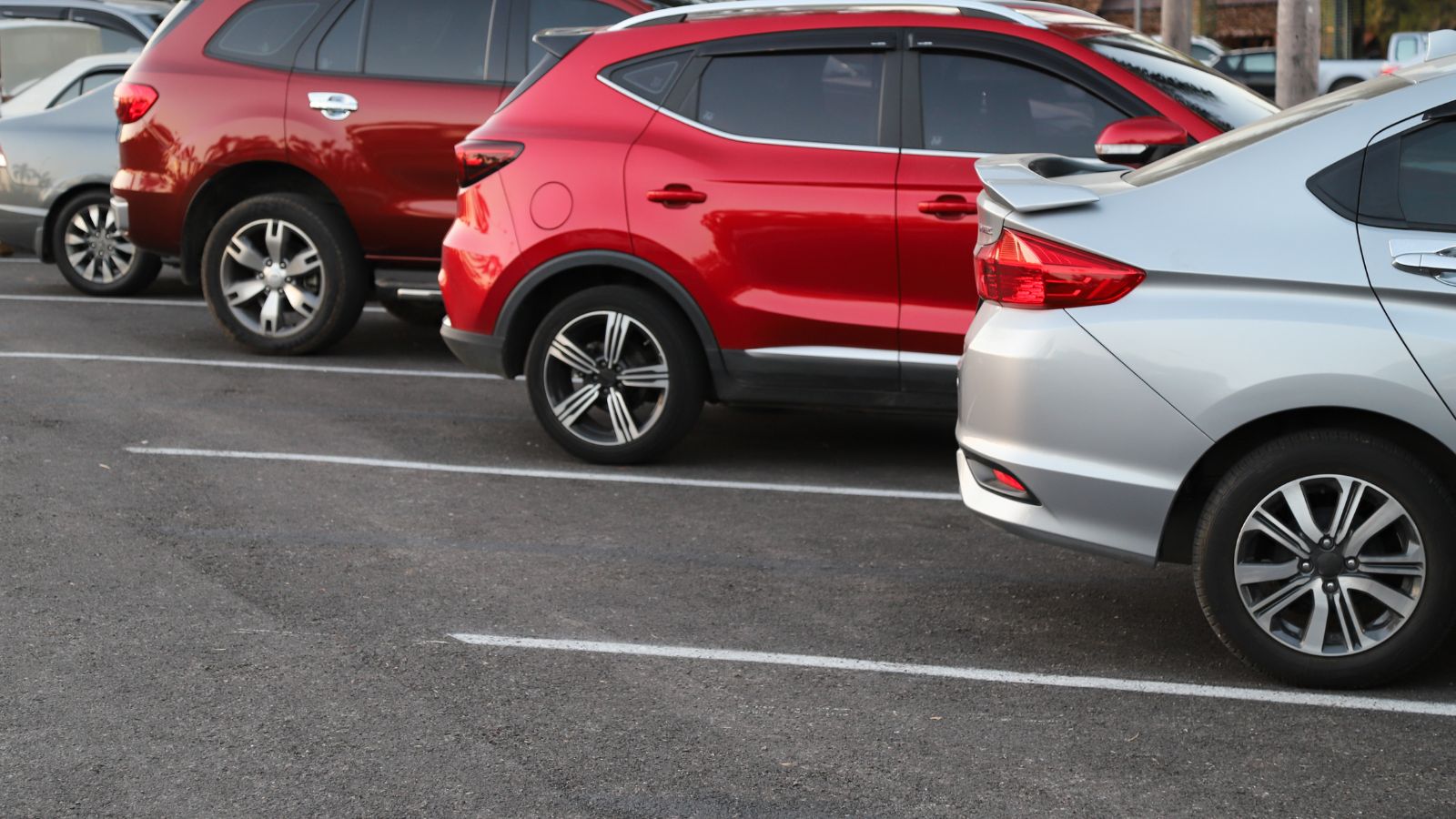
As tariffs inflate the cost of new imports, Canadians may turn to used cars in droves. The tariffs have also disrupted the integrated North American auto supply chain, particularly affecting Ontario, which produces 85% of Canada’s auto and parts. Consequently, automakers like Stellantis have paused operations, leading to job losses and reduced new vehicle inventory. These factors have intensified competition in the used car market, with dealers and rental companies vying for limited stock.
Maple Syrup Incentives

Okay, not literally. But with federal and provincial governments keen to protect jobs, we’ll see sweet subsidies and incentives for local carmakers. Canada is implementing a remission framework to incentivize domestic production and investment to support affected workers and companies. This approach mirrors strategies in other sectors, such as the maple syrup industry, where government support has bolstered global competitiveness. Think tax breaks, research grants, and perhaps a “Buy Canadian Car Day” where you get a Tim Hortons coupon with every test drive.
The Renaissance of Rail
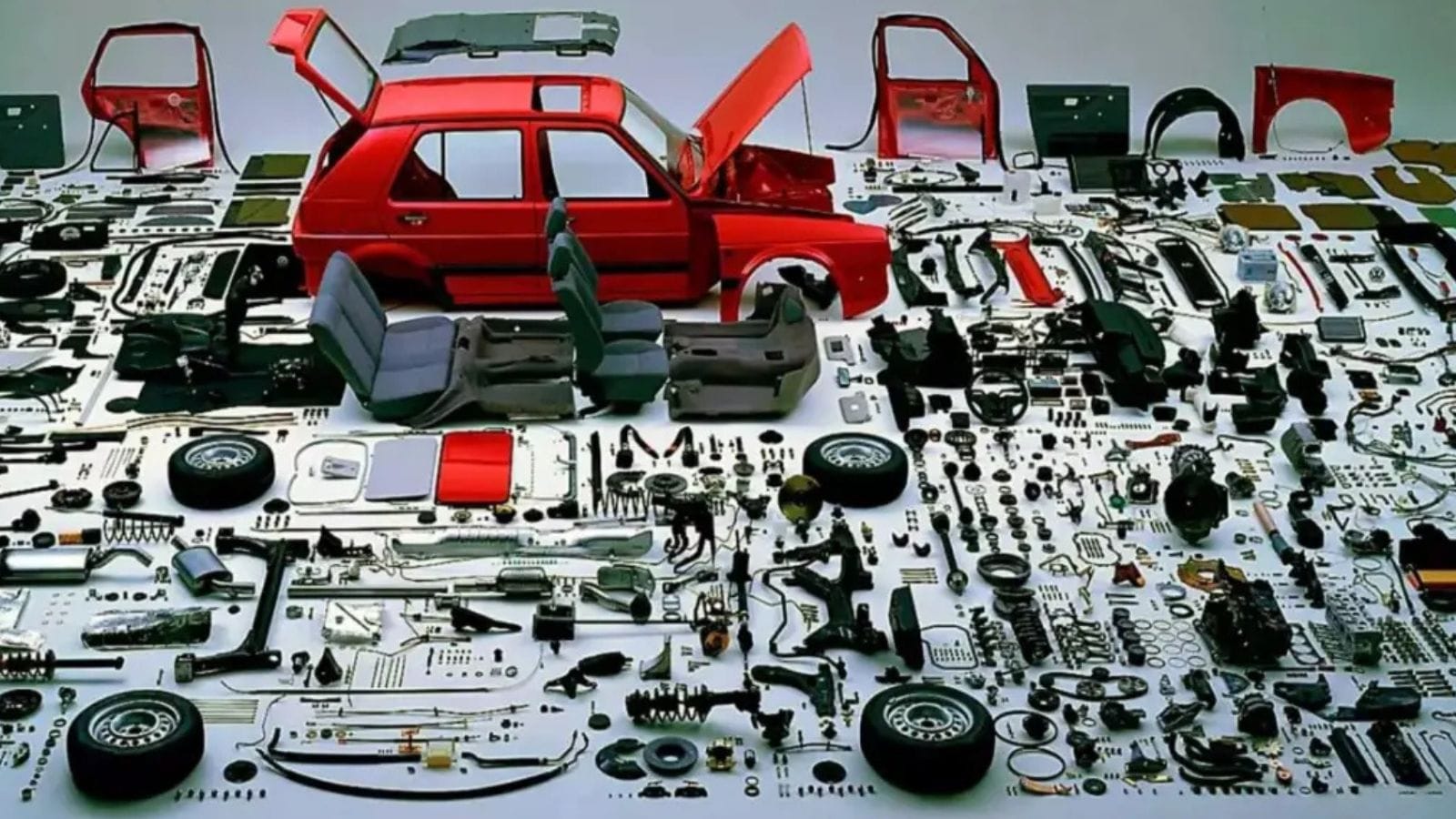
Shipping car parts across tariff-heavy borders becomes expensive, and some companies might explore good old Canadian rail infrastructure for more cost-effective logistics. The Canadian government is also investing in alternative infrastructure, such as the Alto high-speed rail project, which aims to connect Quebec City to Toronto. This initiative addresses transportation needs and positions Canada to reduce its reliance on cross-border automotive trade by enhancing domestic connectivity. While the automotive sector navigates these turbulent waters, developing robust domestic infrastructure like Alto could be a strategic pivot.
EVs Get a Red-and-White Makeover
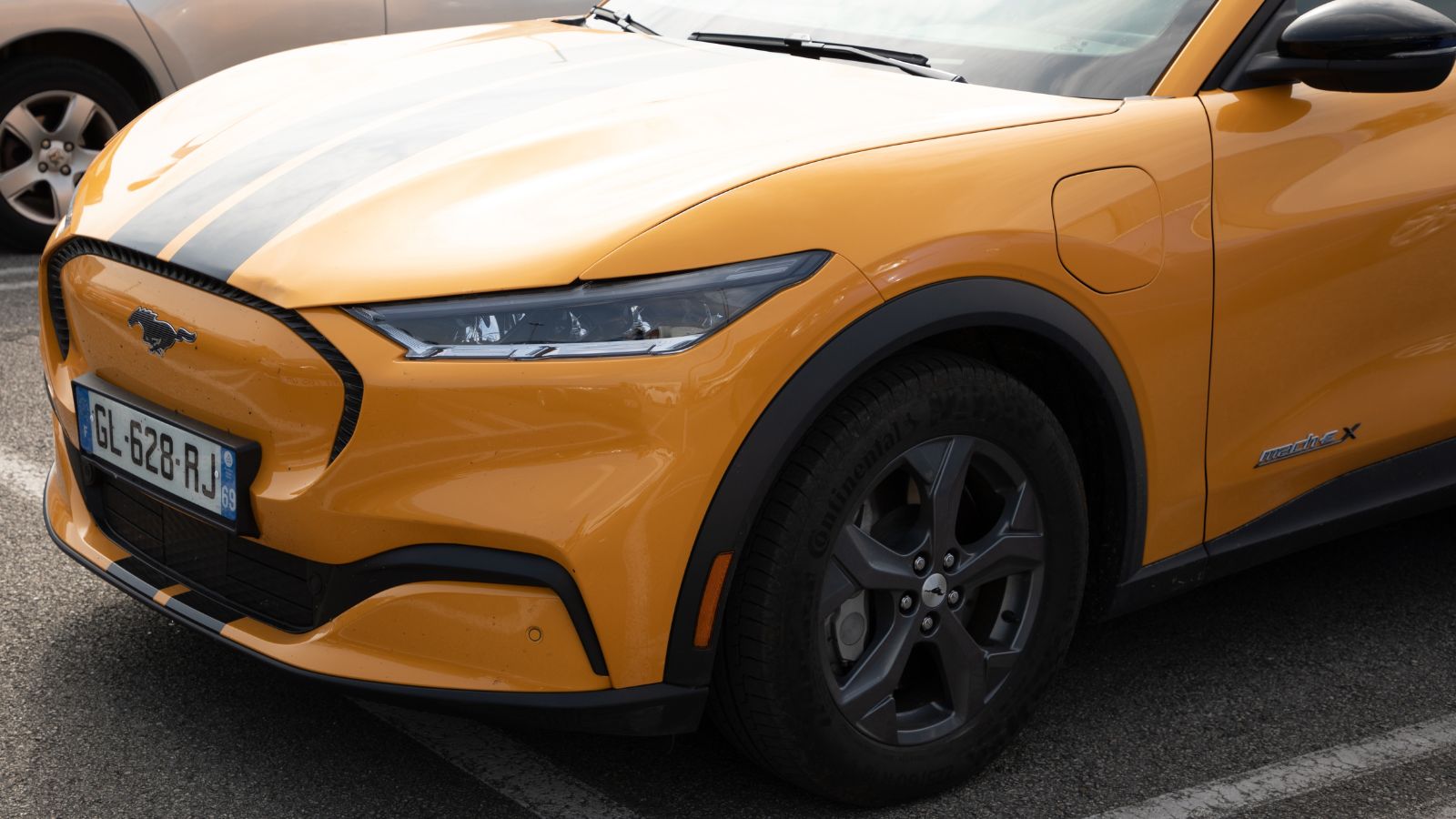
Canada will likely double down on electric vehicles, particularly if battery components can be sourced locally. Think Canadian-built Teslas or homegrown EV startups with names like Maple Torque or Polar Volt. Ontario and Quebec have emerged as EV hubs, leveraging rich critical mineral reserves and clean energy. The U.S. Inflation Reduction Act favors American-made EVs and has accelerated Canada’s push for supply chain independence. By restoring jobs and investing in infrastructure, Canada aims to become a global EV leader while reducing dependency on foreign markets.
Automotive Trade Schools Go Full Throttle

In response to escalating U.S. tariffs on Canadian automotive exports, Canada’s automotive trade schools are experiencing a surge in enrollment. These institutions are pivotal in equipping a skilled workforce to bolster domestic manufacturing and reduce reliance on cross-border supply chains. Also, the Canadian Apprenticeship Forum projects a demand for over 700,000 skilled tradespeople by 2028, a need intensified by trade tensions. This strategic focus on education and workforce development positions Canada to enhance its automotive sector’s resilience and competitiveness in a tariff-impacted global market.
Automaker Lobbying Hits Overdrive

Ottawa’s corridors will echo with the voices of automakers lobbying for tariff exemptions, custom deals, or flat-out bribes (legally known as campaign donations). Industry giants like Stellantis, GM, and Toyota Canada are urging Ottawa to negotiate exemptions or retaliate with countermeasures. The Canadian Vehicle Manufacturers’ Association also warns that tariff fallout could wipe out $32 billion in auto trade. Meanwhile, provinces like Ontario, responsible for over 90% of auto output, could suffer catastrophic GDP hits. Automakers are also lobbying Washington directly, highlighting supply chain interdependence and the implications of disrupted trade on U.S. job loss.
Canada-U.S. Auto Relations Get Testy
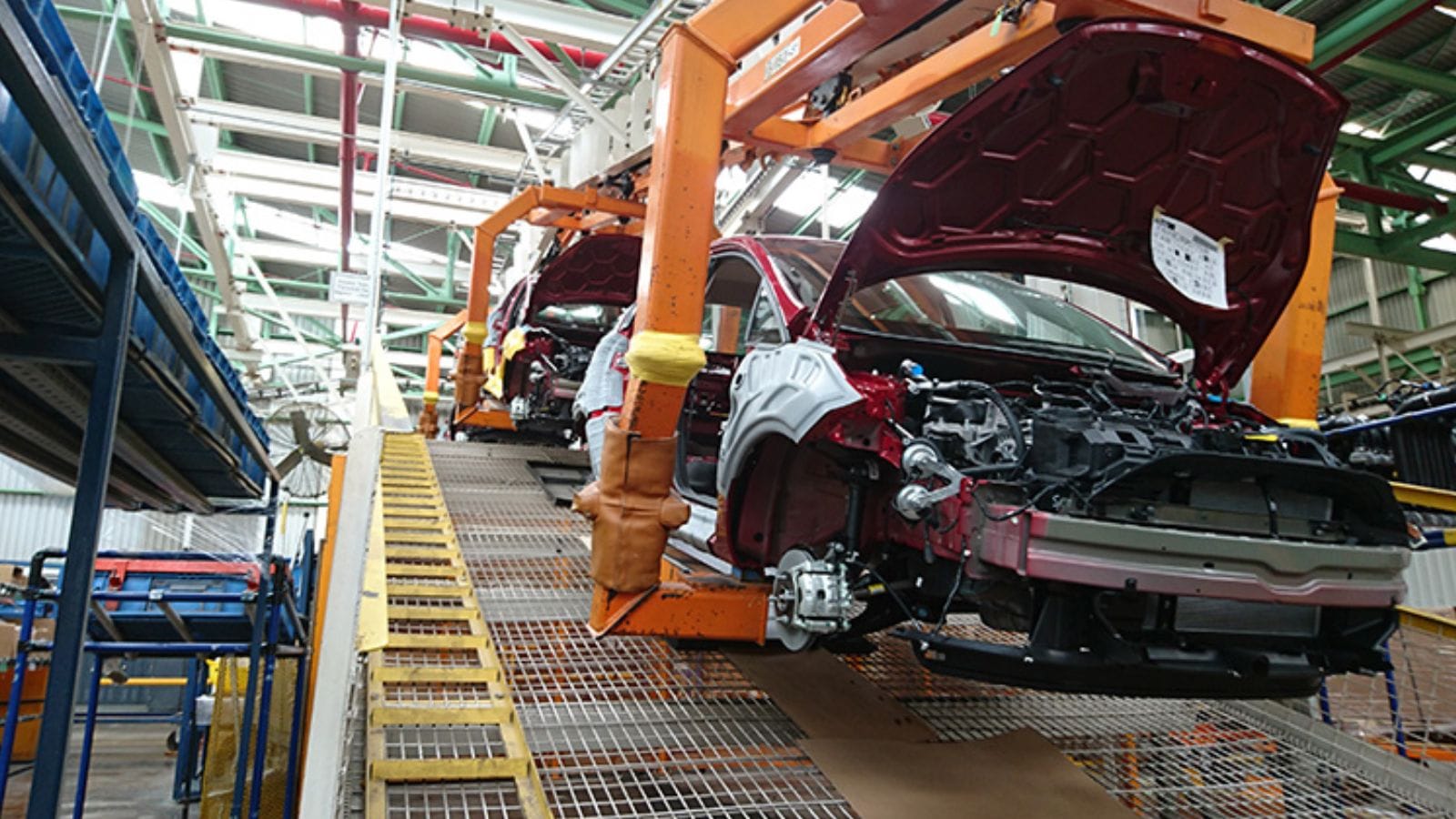
The cozy cross-border supply chains that once defined North American auto manufacturing may start to fray. The Canadian automotive sector, accounting for 10% of the nation’s manufacturing GDP and employing over 125,000 people, is particularly vulnerable. Major automakers like GM, Ford, and Stellantis have already reported increased costs due to tariffs. The Canadian government is considering a $2-billion fund to bolster domestic production and reduce reliance on cross-border supply chains. Expect more disputes, late-night calls between ministers, and possibly even a few public passive-aggressive tweets between trade officials.
Tariff-Free Zones: The New Frontier
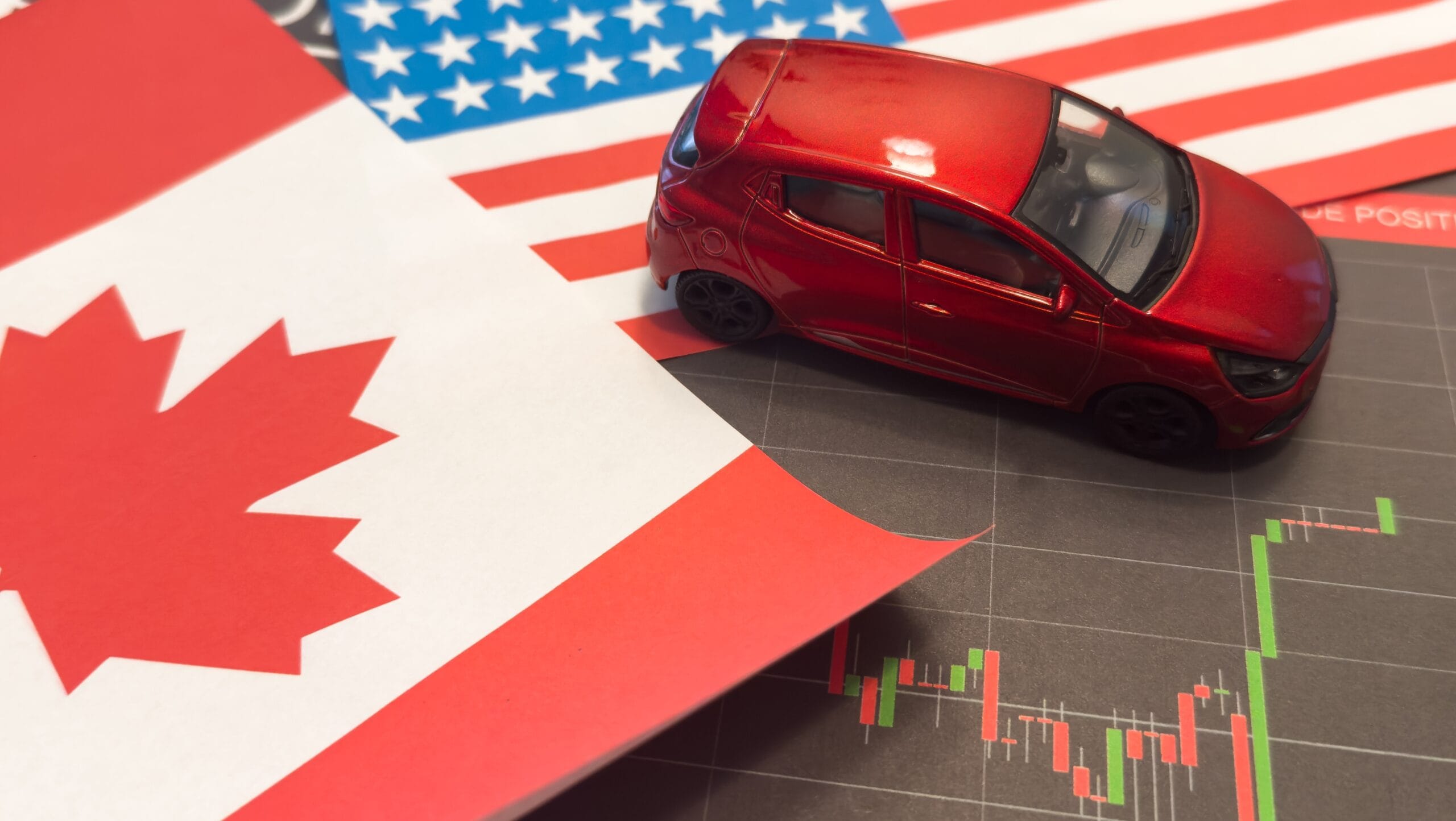
Picture this: a world where car parts dodge tariffs like they’re in Fast & Furious: Trade Wars. As global tariffs crank up like gas prices, Canada’s auto industry is shifting gears into tariff-free zones. These unicorn zones, like CUSMA-covered areas (hello, USMCA!), are becoming the VIP lounges for manufacturing. Canada’s trade deals with over 50 countries give it James Bond-level market access. And, while the U.S. and China throw tariff tantrums, Canada’s auto sector is quietly schmoozing with Europe (via CETA) and the Pacific (thanks, CPTPP).
The Rise of Subscription Cars

In a future where tariffs play ping-pong with car prices, Canada might steer into the fast lane of subscription cars. Think Netflix for your ride—monthly fees, no commitment, and you can swap your SUV for a zippy hatchback like a Tinder date gone right. With global supply chains resembling spaghetti and tariffs bumping prices on imported cars, Canadians may prefer flexibility over ownership. Automakers like Volvo, Porsche, and Hyundai have already revved up subscription services in North America. According to McKinsey, the car subscription market could hit $30 billion globally by 2030.
Auto Journalism Becomes Geo-Political

Welcome to 2030, where auto journalists need passports and PhDs in international relations. Canada’s auto industry, once humming along with polite efficiency, now dodges tariffs like potholes on the 401. Automakers pivot: Toyota whispers sweet nothings to Vietnam, Ford reconsiders Ontario, and Stellantis flirts with Brazil. Journalists, meanwhile, swap test drives for trade data, reporting from Geneva instead of Oshawa. What is the line between car reviews and policy analysis? Blurred like a snow-covered license plate. “Horsepower meets geopolitics,” quips one columnist, as tariffs turn “Made in Canada” into a question of national strategy.
More Canadian Startups Join the Race
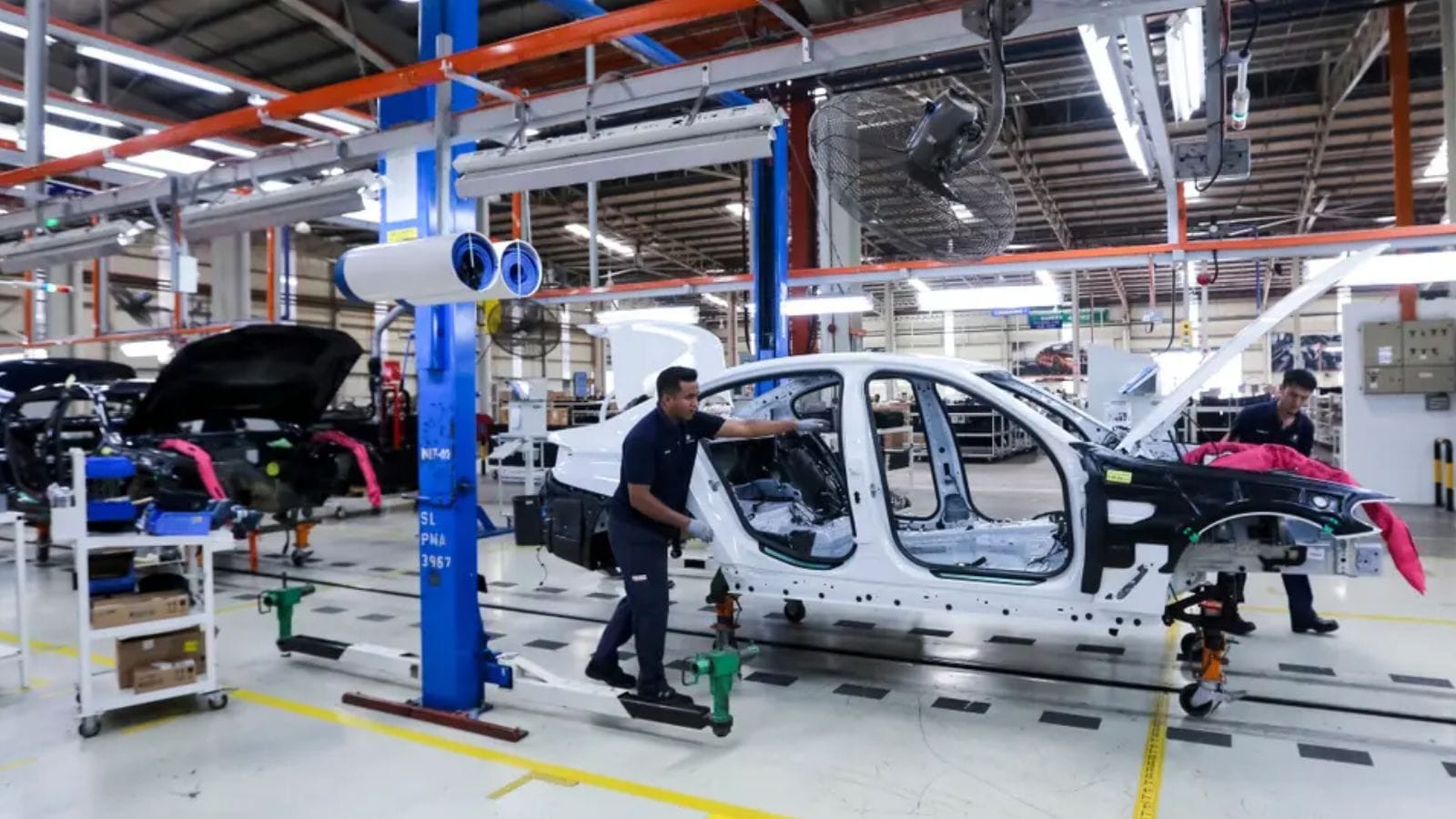
With multinational companies skittish about global manufacturing, there’s room for Canadian startups to rev up their engines. Quebec’s Lion Electric already supplies zero-emission school buses across North America, while Ontario’s Project Arrow—Canada’s first all-domestic concept EV—is the industry’s flex tape. Even parts suppliers like Magna and Linamar are expanding into complete vehicle R&D. With government incentives (hello, $500 million EV innovation fund) and consumer support for local brands rising faster than gas prices, Canada’s auto industry might go from polite participant to power player.
The Return of the Pickup (Again)

In a post-tariff Canada where foreign sedans cost as much as starter homes in Vancouver, guess what’s making a glorious, mud-splattered comeback? The pickup truck. Not just any pickup—the made-in-Canada, locally-sourced, maple syrup-certified kind. With 20–35% tariffs possibly slapping imports from the U.S., Europe, and Asia, domestic production is suddenly the belle of the automotive ball. GM’s Oshawa plant is revving up again for Silverado duty, and Ford’s Oakville transformation screams, “Trucks are back, baby!” Add Alberta’s love affair with V8s and Quebec’s newfound interest in EV pickups (bonjour, Rivian-wannabes), and you’ve got a rugged renaissance.
Cross-Border Car Shopping Becomes an Extreme Sport

Canadians living near the U.S. border may again dabble in cross-border car shopping despite the risks. So instead of buying local, drivers may channel their inner Jason Bourne, dodging border queues and customs agents to snag a sweet deal on a Ford F-150 stateside. Dealers in places like Detroit and Plattsburgh are already eyeing the Canuck rush like it’s Black Friday every day. It’s a chaotic blend of currency exchange, loophole lawyering, and good ol’ maple-fueled determination. The auto industry? Bracing for a game of economic dodgeball. The border? Bracing for traffic jams with trailer hitches. Buckle up—tariff tourism is about to hit top gear.
Software > Steel

With U.S. tariffs threatening to jack up prices on imported parts and vehicles, Canadian automakers are eyeing code as the next cash cow. Companies like Magna International are already flexing their tech muscles in autonomous driving and mobility software. Meanwhile, BlackBerry QNX is quietly becoming the brain inside a growing number of vehicles worldwide, proving that Canada’s future may be less about metal and more about megabytes. Plus, EV startups and AI-driven transport systems thrive in Ontario’s tech corridor.
The Era of Franken-Regulations

As each country slaps on its tariffs and standards, automakers must comply with a jigsaw of regulations. Automakers might juggle “Buy Canadian” rules, provincial EV mandates, and retaliatory duties to stay afloat, creating a monstrous patchwork of compliance chaos. Imagine an Ontario-built SUV needing a bilingual emissions sticker, a U.S.-sourced chip waiver, and three safety inspections before hitting a Nova Scotia lot. The Frankenstein of policy—crafted in backrooms and stitched in committee—could scare away investment, hike prices, and stall innovation.
Used Car Dealerships Become Gold Mines

Remember that ‘08 Civic from earlier? If new car prices stay high, used car dealerships could boom. According to DesRosiers Automotive Consultants, a new car already averages over $45,000; throw in tariffs, and you’re looking at second-mortgage territory. Suddenly, that 2012 Corolla with 280,000 km doesn’t look so bad. Once seen as the last stop before the junkyard, dealers may soon be the darlings of the economy, flipping pre-owned gems faster than Tim Hortons flips coffee cups. And, with supply chains in a twist and EV imports at risk, used vehicles could be the lifeboats in this automotive iceberg.
Canadians Drive Their Cars Forever

Finally, Canadians will do their best if all else fails: tough it out. Picture a 2040 streetscape filled with 2012 Corollas held together by duct tape, maple syrup, and sheer grit. Tariffs from trade tussles—especially with the U.S.—could slap 20–35% onto vehicle prices, making new imports unaffordable for many. With over 75% of Canada’s vehicles imported, that’s a big ouch for wallets. Repair shops would boom while dealerships become car museums. The average car age already hit 11.6 years in 2023—expect that number to climb like gas prices in Alberta. So, say goodbye to the new car smell and hello to 400,000-kilometre club bumper stickers and commemorative rust patches.
22 Times Canadian Ingenuity Left the U.S. in the Dust

When people think of innovation, they often picture Silicon Valley. However, Canada has a history of innovation, too. Whether it’s redefining sports, revolutionizing medicine, or just showing America up at its own game, Canadian inventors, thinkers, and dreamers have had their fair share of mic-drop moments. Here are 22 times Canadian ingenuity left the U.S. in the dust.
22 Times Canadian Ingenuity Left the U.S. in the Dust
